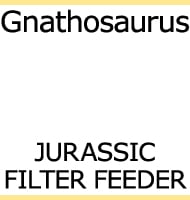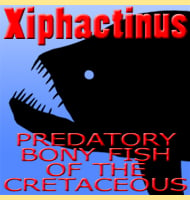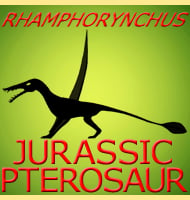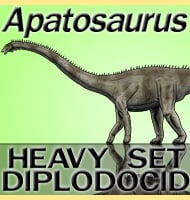In Depth
Platyoposaurus is a genus of temnospondyl amphibian that looked a lot like a crocodile with a long snout. Like other temnospondyls, Platyoposaurus would have been a predator, primarily of aquatic organisms such as fish and other amphibians.
There has been speculation that the possibly gigantic Prionosuchus from South America could be synonymous with Platyoposaurus, though since this claim was made in 1991, other researchers continue to list these genera as separate, though similar.
Further Reading
- Part III - Palaeozoology. Vertebrata. Manual of palaeontology for the use of students with a general introduction on the principles of palaeontology. - Volume II. 3rd edn. William Blackwood and Sons, Edinburgh and London 600 p. - R. Lydekker - 1889. - Concerning the systematic position of the labyrinthodonts from the Malaya Kinel’ locality, Orenburg Oblast [O sistematicheskom polozhenii labirintodontov iz mestonakhozhdeniya Malaya Kinel’ (Orenburgskaya oblast’).] . - Paleontologicheskiy Zhurnal, Moscow 3:116-120. - Y. U. M. Gubin - 1989. - Fishes and amphibians from the Late Permian Pedra de Fogo Formation of Northern Brazil. - Palaeontology, 34(3): 561-573. - C. B. Cox & P. Hutchinson - 1991.









